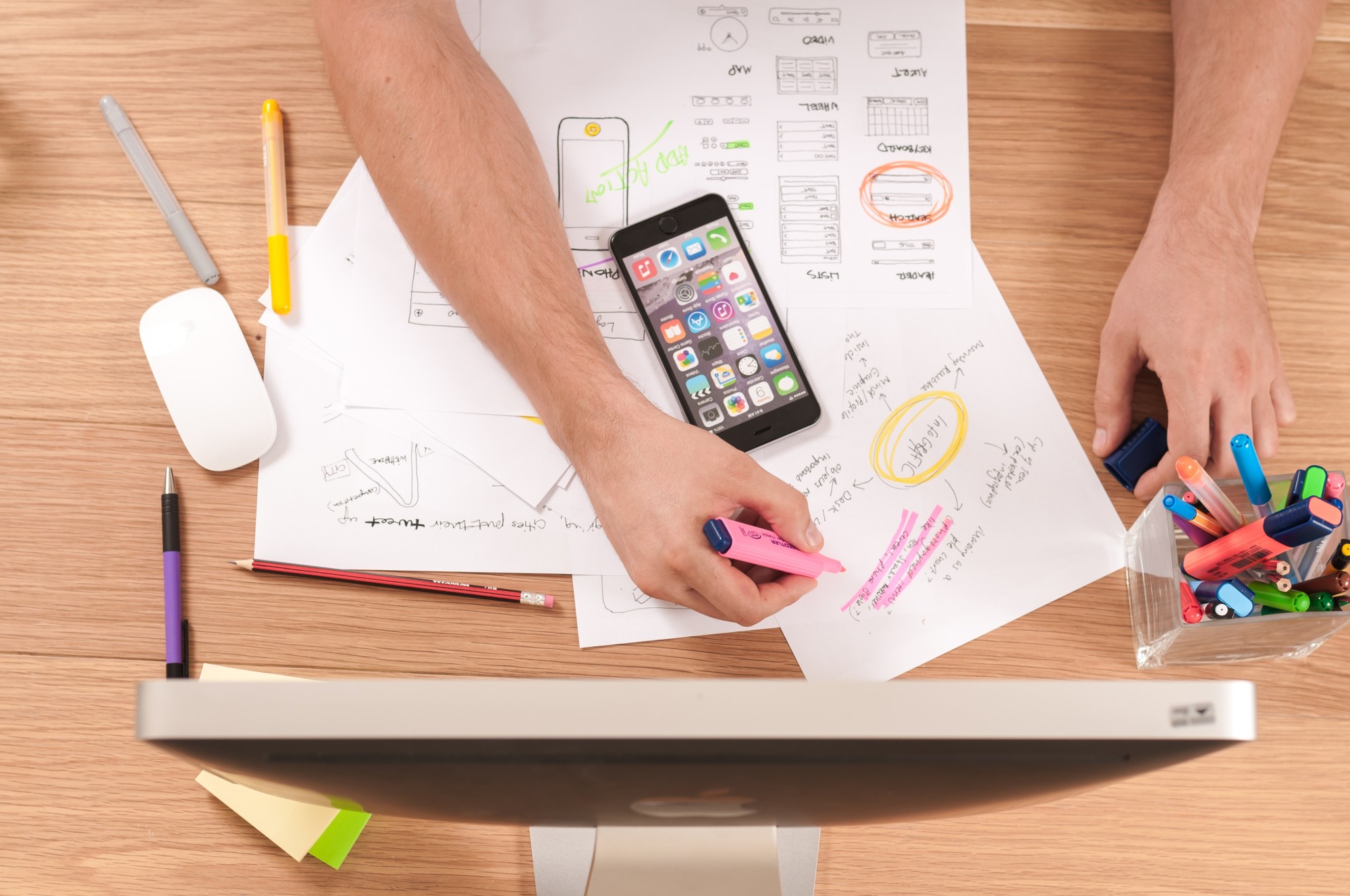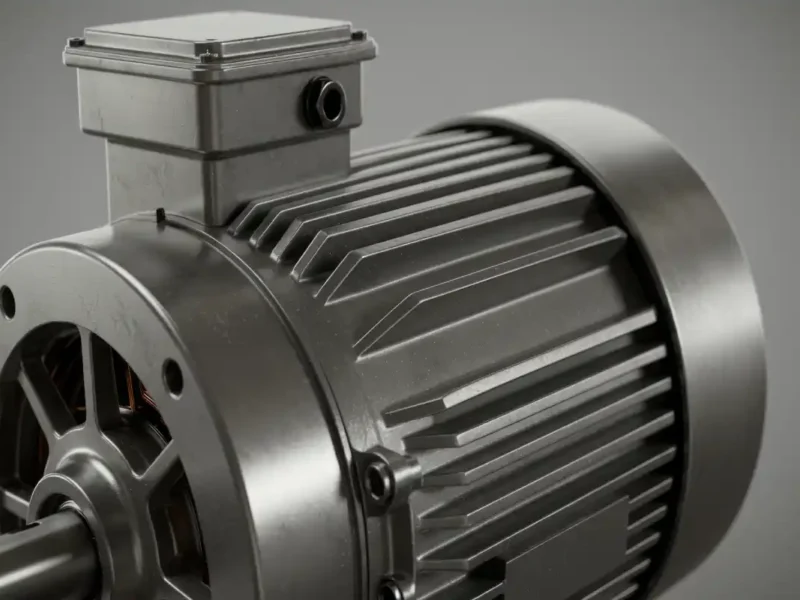When designing a new product, much more is involved than the initial idea.
Despite what some may think, bringing a new product onto the market is not as simple as coming up with a product idea and shopping it around. Successful new product design requires a concerted effort and a thorough understanding of the product design process.
Rather than jumping into the design thinking that it will happen effortlessly, take the time now to learn about the process and plan accordingly. In this article, we will look at the product design process and outline the steps involved.
Contents
Crafting a Design Vision
Crafting a design vision is a critical step in the product design process. It involves exploring what the product should be and what it will look like. It also considers how different people will use the product in different situations.
Design vision is the product’s guiding compass throughout the design process. It helps define the project’s scope and map out a timeline. It also aligns the team around a unified goal.
Researching for the Optimal Design
The research phase allows designers to learn about their target audience and their needs and wants. It also encompasses the competitive landscape and the constraints that the product must meet.
In doing so, they can create ideal solutions for the customer. These solutions are also technologically feasible and viable within cost and time constraints.
To begin the research phase, designers must identify and list user needs, goals, and possible solutions. Then they must check each of these through tests and user interviews. This will narrow down their options and create the most effective solution.
Prototyping & Iterating
Prototyping and iterating are two processes that are essential to the success of the product design process. Prototyping allows designers to develop products and test them rapidly. This helps designers gain better insights into the usability of the product.
Iterating allows designers to refine their design based on feedback received from stakeholders and customers. This empowers designers to evaluate feedback and refine their designs quickly.
Testing & Refining the Product Design
Testing helps designers ensure their design fulfills all the expectations in their brief. Constant refining follows to validate that the design is the best version before implementation. This can involve collecting user feedback to identify additional features, refining existing features, or updating the final design. For example, if durability emerges as a key concern during this phase, you can buy carbon fiber tubes or other tools to help you test your products and guarantee that they meet your requirements.
Once the design is complete, the product can be manufactured with high precision through high-quality machining. Check out this helpful resource for your machining needs.
Deploying & Analyzing the Final Product
Deploying and analyzing the final product is the last stage in the design process. The product is launched into the market in this step, and users can experience it firsthand.
This stage of the process helps identify areas needing improvement and further refinement. This information can then be used when designing a product in the future.
Create Successful Designs by Knowing the Process
The product design process is a complex and thorough methodology that requires dedication and constant refinement. Knowing the basics of the process is key to creating successful products.
To learn more about the product design process, contact a professional who can help guide you through it.
What are you waiting for? Get started on your journey to understanding the product design process today. Begin to unlock the world of innovation!
Was this article helpful? If so, check out the rest of our site today for more guides and tips.



